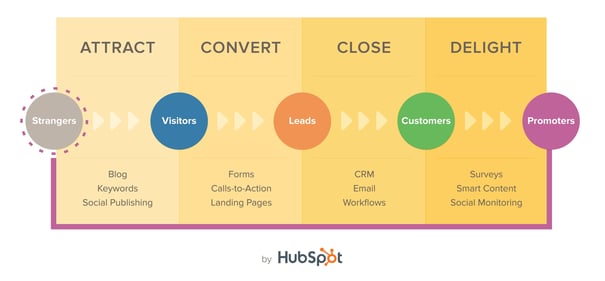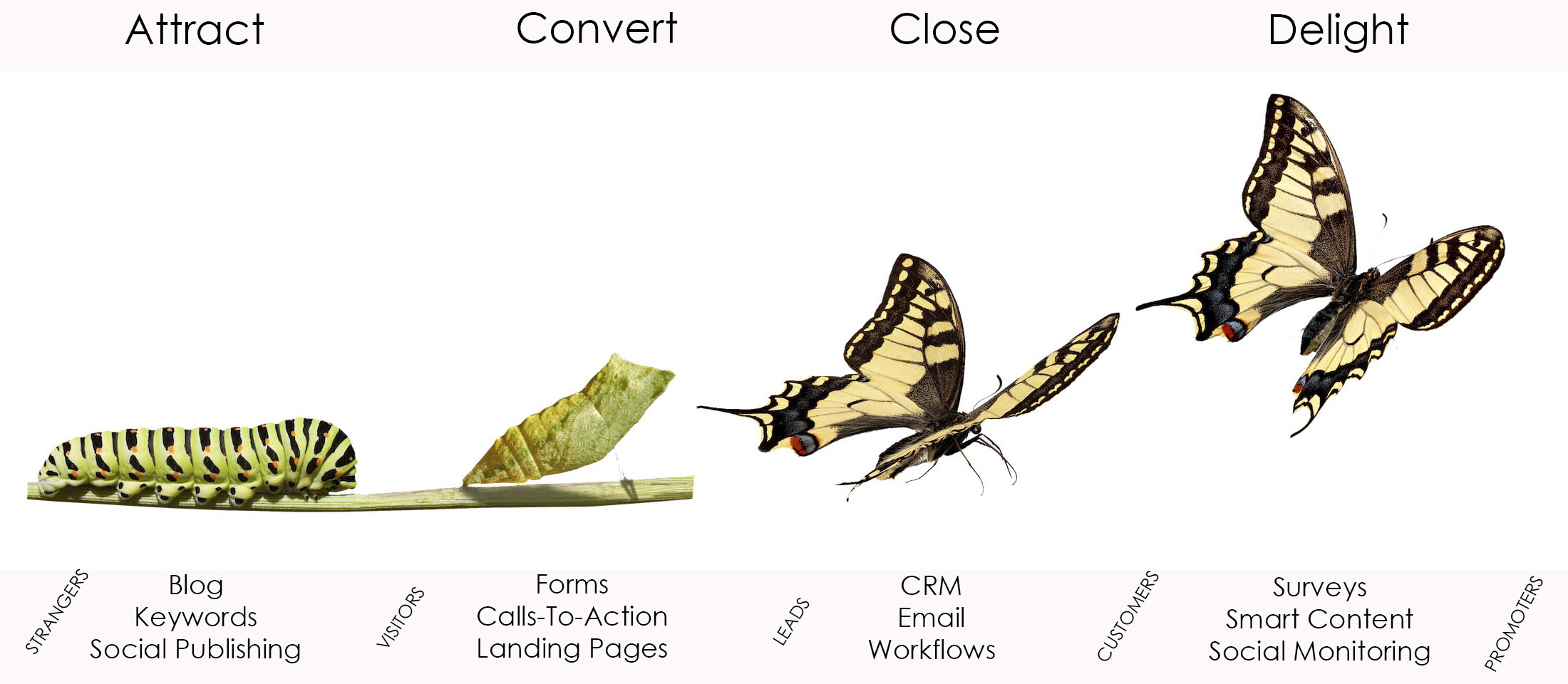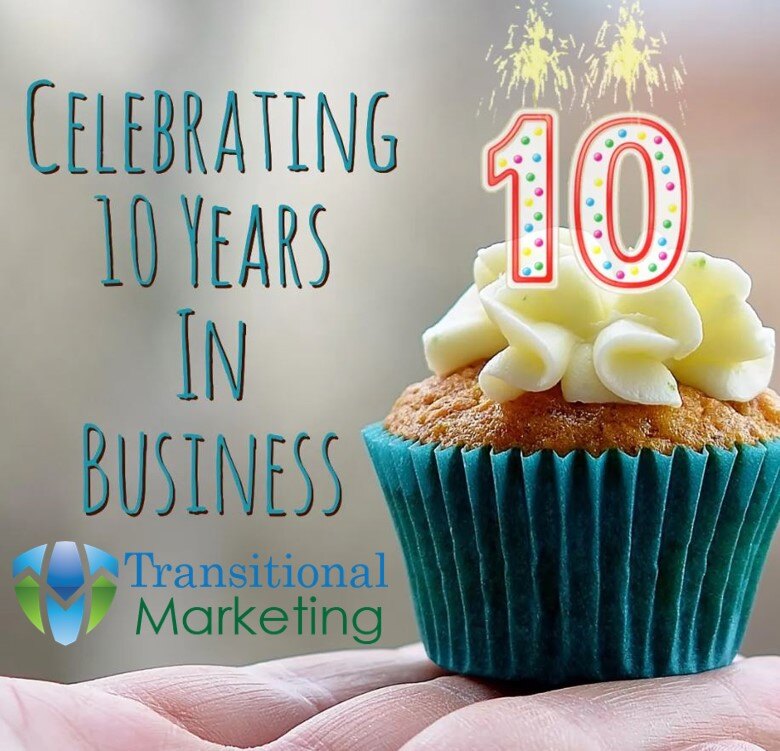The best way to turn strangers into customers!
Over the past decade, people have drastically...
 Over the past decade, people have drastically changed the way they utilize information to make purchase decisions. According to Forbes, 80% of B2B purchase cycles are completed before the buyer contacts sales. In order to grow your business, you must change how you market to potential buyers. Inbound lead generation is all about getting found online by your audience, where they're looking for your products/services.
Over the past decade, people have drastically changed the way they utilize information to make purchase decisions. According to Forbes, 80% of B2B purchase cycles are completed before the buyer contacts sales. In order to grow your business, you must change how you market to potential buyers. Inbound lead generation is all about getting found online by your audience, where they're looking for your products/services.
Instead of the old outbound marketing methods of buying ads, buying email lists, and praying for leads, inbound marketing focuses on creating quality content that aligns with potential buyers’ interests. By distributing that content online through landing pages, blog posts, email and social media, you naturally attract inbound traffic that you can then convert, close, and delight over time. According to HubSpot, inbound marketing services produce 54% more leads than traditional outbound practices, such as direct mail and advertising.
The Four Marketing Actions
It starts with developing a deep understanding of who your potential buyers are and what information they are searching for online. With that understanding, you can create and share valuable content that attracts the right people to your website. Website visitors must give their contact information, through a form, in order to get the content. They then become leads that can be nurtured through email marketing to close them as customers and delight them into promoters of your business.
1. Attract
You want to attract the right traffic to your site, not just any traffic. People who are most likely to become leads, and, ultimately, customers. Who are the “right” people? Buyer personas can help you embrace the goals, challenges, pain points, common objections and personal insights among all members of a particular customer type to target.
Some of the most important tools to attract the right users to your site are:
2. Convert
Once you’ve attracted website visitors, the next step is to convert those visitors into leads by gathering their contact information. Bare minimum, you’ll need their email addresses. Contact information is valuable. In order for your visitors to offer up their contact information, you need to offer them something in return - valuable content, like eBooks, whitepapers, webinars - whatever information would be interesting and valuable to each of your personas.
Some of the most important tools in converting visitors to leads include:
3. Close
You’ve attracted the right visitors and converted the right leads. Now you need to transform those leads into customers.
Marketing tools used to close leads:
4. Delight
The Inbound way is all about providing remarkable content to your users, whether they be visitors, leads, or existing customers. Inbound companies continue to engage with, delight, and (hopefully) upsell their current customer base into happy promoters of the organizations and products they love.
Tools used to delight customers include:
Inbound lead generation covers each and every lifecycle stage from stranger to customer. It empowers marketers to attract visitors, convert leads, close customers, and delight promoters. With inbound lead generation you can create and deliver content that will appeal to precisely the right people (your buyer personas) in the right places (channels) at just the right times (lifecycle stages).

Over the past decade, people have drastically...


Search Engine Optimization...